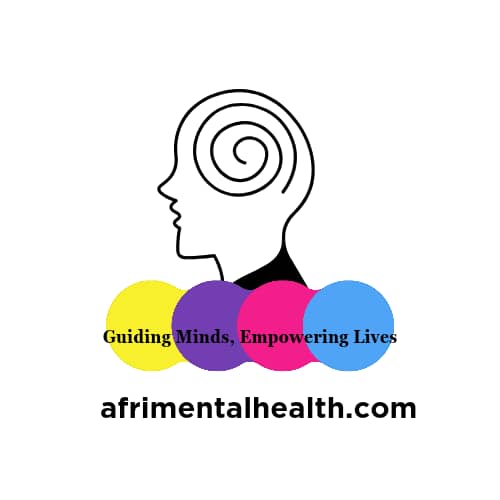According to the American Psychiatric Association (APA), eating disorders are behavioral conditions characterized by severe and persistent disturbance in eating behaviors and associated distressing thoughts and emotions. Eating disorders can be serious in a way that affect a person’s physical, psychological and social functioning. Eating disorders may include eating too much or too little and worrying about your weight or body shape. If not treated effectively eating disorders can become long term problems and can cause death. The symptoms vary according to the type of eating disorder. The types of eating disorders include:
BULIMIA
Bulimia is a life-threatening condition. When a person has Bulimia, they have episodes of bingeing, which is followed by purging. Sometimes a person limits themselves from eating which is often followed by episodes of bingeing and purging. People purge to compensate the calories consumed and to relieve gut discomfort. The common purging behaviors include fasting, using enemas, vomiting, and excessive exercise. The side effects of bulimia include tooth decay, acid reflux, gut irritation, dehydration.
ANOREXIA NERVOSA
Anorexia involves severely restricted calorie intake, which may include avoiding certain type of foods and an intense fear of gaining weight. Anorexia may involve other methods to lose weight such as exercising too much, diet aids, vomiting or using laxatives
Anorexia symptoms may be obsessive compulsive. For example, a person with anorexia may be preoccupied with constant thoughts about food, obsessively collect recipes or hoard food. In the long run, people living with anorexia may experience infertility, thinning bones and brittle nail and hair. In severe cases it can result in organ failure and death.
AVOIDANT/ RESTRICTIVE FOOD INTAKE DISORDER
This includes extremely limited eating or not eating certain type of foods. The common symptoms of this disorder include weight loss, or poor development for age and height, nutrient deficiencies or dependence on supplements and restricting food that prevents you from eating enough calories or nutrients.
PICA
Pica involves eating things that are not considered food and that do not provide nutritional value. This may include soil, chalk, soap, dirt, ice, laundry detergent and paper. Pica is mostly frequently seen in people with intellectual disabilities and neurodevelopmental conditions such as autism spectrum disorder.
Signs that may suggest an eating disorder include:
- withdrawing from usual activities
- skipping meals
- a limited diet that has not been recommended by a medical professional
- frequent checking in the mirror for flaws
- inducing vomiting
- over exercising to counter calories
- repeatedly eating large amounts of food
- using laxatives for weight loss
- eating in secret
